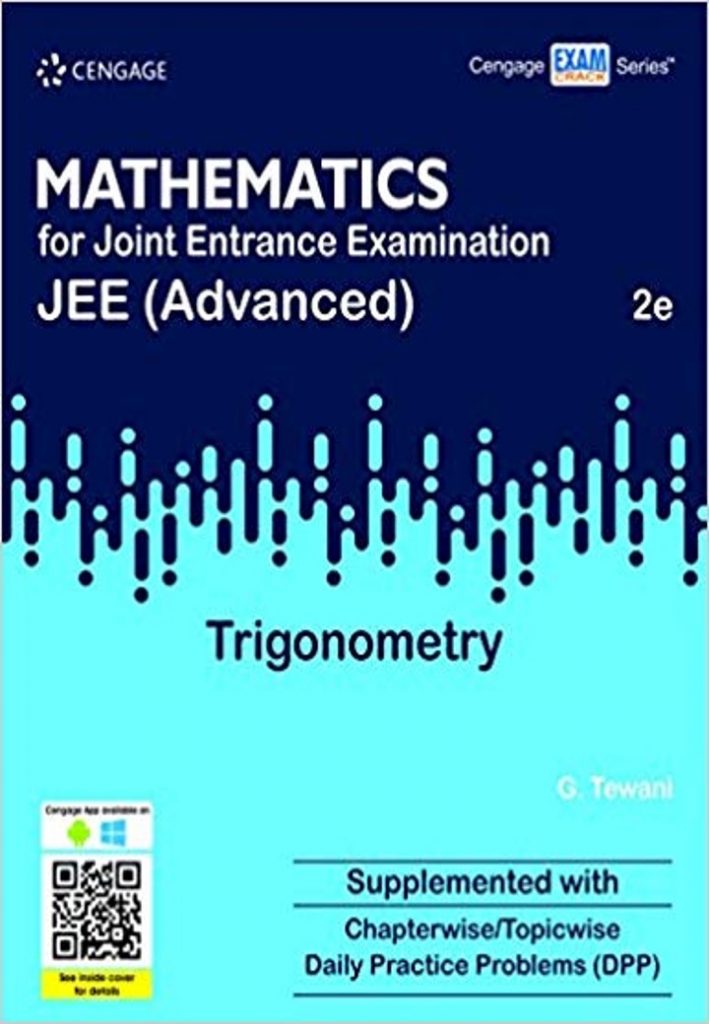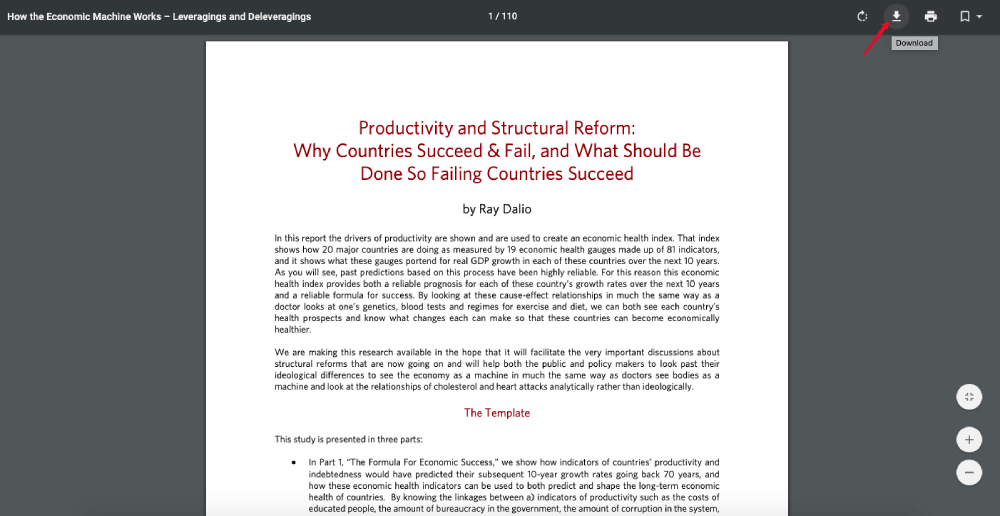
Like the example above, often the loanwords from Spanish are pronounced the same way as in Filipino but the spelling rules are changed to adopt to the Filipino spelling rules. Often they are used in telling the time and in negotiations or money usage. Spanish numbers are still used to this day in the Philippines. Swerte: Comes from “Suerte” from Spanish. EX: “ Ano oras na?” “What time is it?”Įdukasyon: Comes from “Educacion” in Spanish meaning “Education.” School in FIlipino is “ Eskwela” which also comes from “Escuela”

Oras: This comes from the word “Horas” which means time or hour. Kumusta: This would probably be the most famous loanword from Spanish which also has the same meaning as the original word “Como estast. So let’s take a look at some examples of loanwords in Filipino from different languages. Learning Other Languagesįilipino has many loanwords from Spanish, English, Malay, and Chamorro (which is spoken in Guam and Micronesia). Examples are Malacañang Palace or Parañaque City. The Ñ is mostly only used towards names that derive from the Spanish language.


The Ñ in Abakada derives from the Spanish language and is pronounced as énye. As an example, the word Hinga (”breath,” “breathe”) and Ngayon (”Today,” “Now”). The Ng is pronounced as it would be in the word “Thi ng,” but often times come with a vowel afterwards. For example, words such as “Radio” would be written as Radyo and pronounced the same way. Though the Abakada alphabet is the first system that the Filipino language was based upon, and the adoption of the English language in Filipino itself has allowed the system to adjust and apply a more modern version of the alphabet, which includes all of the initially excluded letters in Abakada: C, F, J, Q, V, X, Z.įilipino is written the way it is spoken, which helps when learning the language.

The Filipino alphabet, also known as Abakada, consists of same letters as the English Alphabet but excludes C, F, J, Q, V, X, Z and includes Ñ and NG. The Filipino language has 5 vowels, A, E, I, O, U and 15 consonants, B, K, D, G, H, L, M, N, NG, P, R, S, T, W, Y


 0 kommentar(er)
0 kommentar(er)
